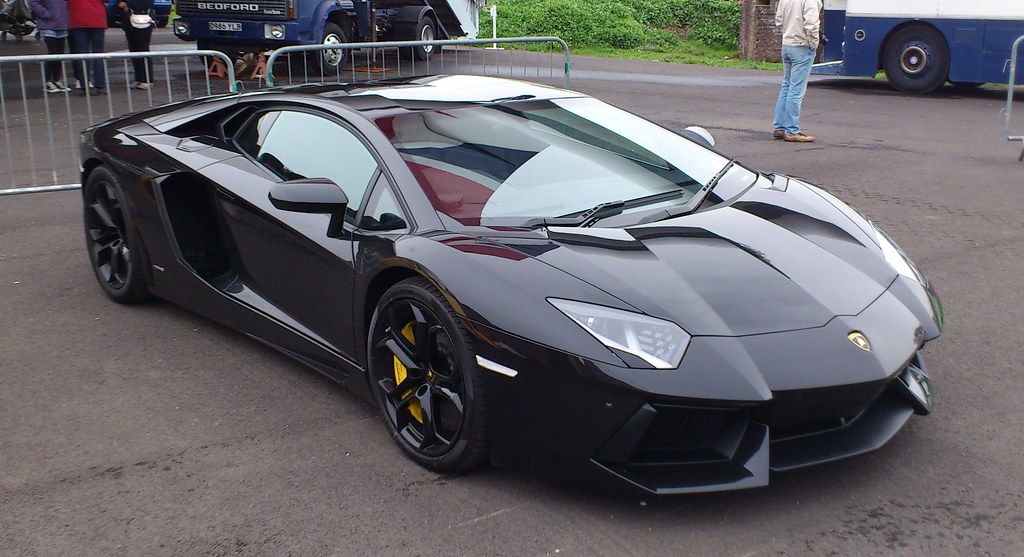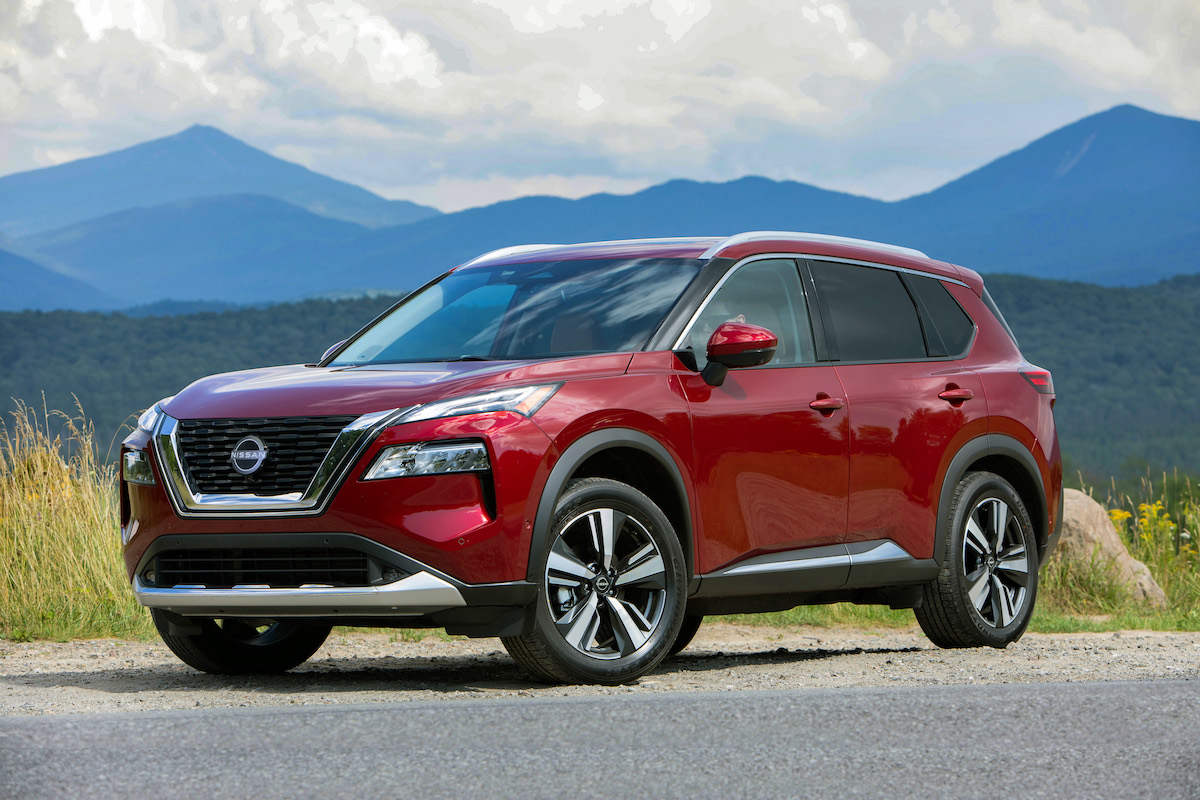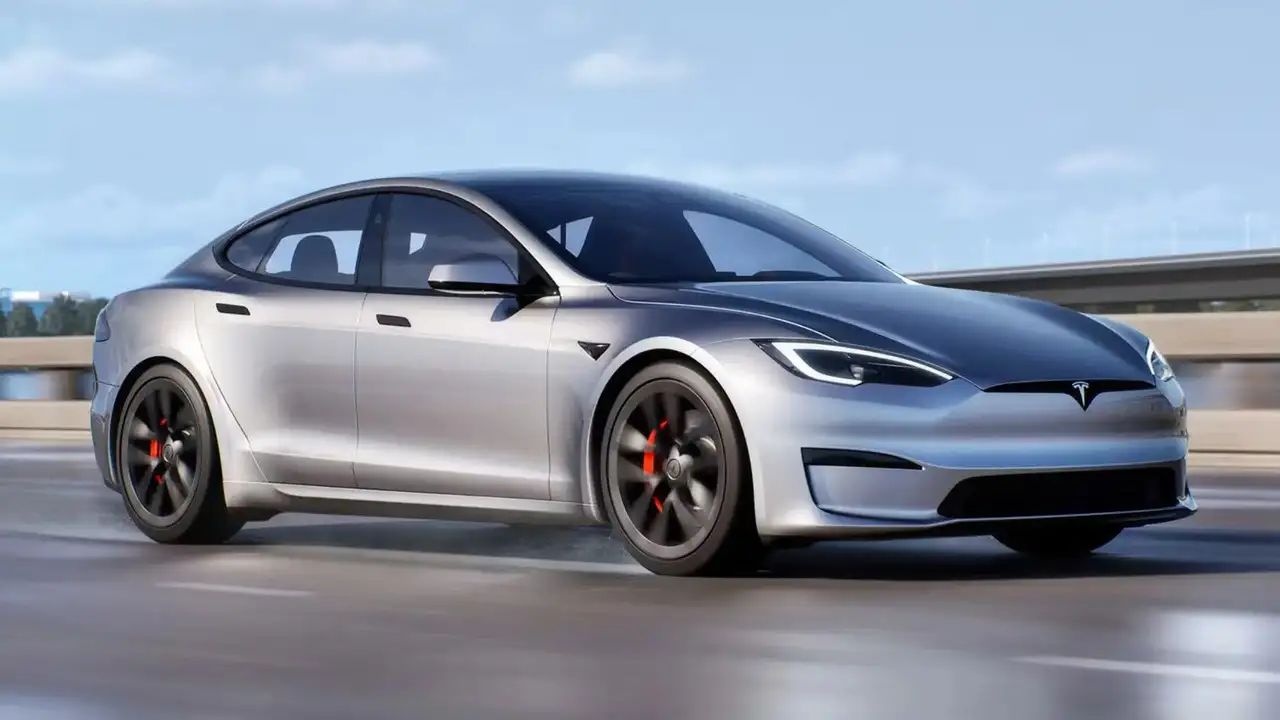
The rumble of a V8 engine, the scent of burning rubber, and the iconic silhouettes of American muscle cars have long been synonymous with automotive passion and freedom. For generations, these powerful machines — epitomized by legends like the Ford Mustang, Chevrolet Camaro, and Dodge Challenger — have defined a quintessential slice of American car culture. They evoked a sense of rebellion, speed, and unfiltered power that captivated drivers and adorned countless bedroom walls.
However, the roar of these celebrated icons seems to be fading, particularly among the newest cohort of drivers. While Baby Boomers and even Gen X nurtured a deep appreciation for these vehicles, today’s teens and young adults are increasingly bypassing them in favor of different automotive experiences. This shift isn’t merely a matter of changing tastes; it’s a complex interplay of evolving consumer priorities, economic realities, technological advancements, and a broader redefinition of what a car means in modern life.
In this in-depth analysis, we’ll delve into the multifaceted reasons behind this generational disconnect, exploring why these once-unquestioned titans of the road no longer reign supreme in the hearts and minds of young buyers. We’ll examine the critical factors, from environmental consciousness and technological competition to the dramatic rise of electric vehicles, that are collectively steering the next generation away from the muscle car tradition.
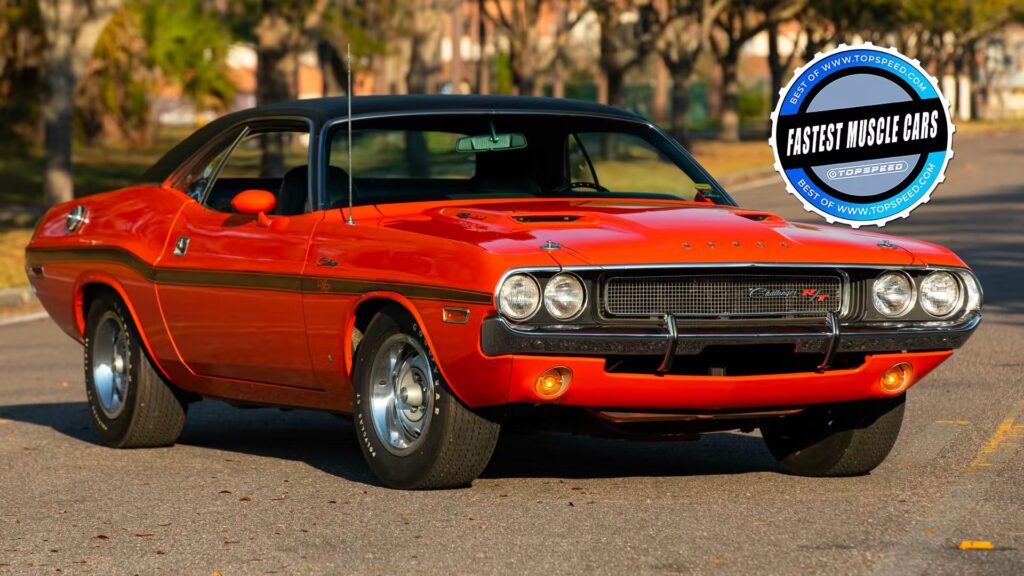
1. **Changing Consumer Preferences: The Pivot to Fuel Efficiency and Eco-Consciousness**One of the most significant headwinds facing American muscle cars today is a fundamental shift in consumer preferences, particularly among younger buyers. The era of prioritizing raw power and unapologetic fuel consumption is steadily giving way to a demand for vehicles that are more efficient and environmentally friendly. As drivers become increasingly aware of their carbon footprint and seek ways to save money at the pump, the appeal of traditional gasoline-guzzling muscle cars naturally diminishes.
This evolving mindset has spurred a major pivot within the automotive industry. Automakers are now heavily invested in developing hybrid and electric vehicles, which offer distinct advantages in terms of fuel economy and reduced emissions. These eco-friendly alternatives are not just a niche market; they are rapidly becoming a mainstream choice, drawing a significant portion of consumers who might once have considered a muscle car. The conscious decision to opt for a vehicle that aligns with environmental values is a powerful force shaping today’s purchasing decisions.
The economic incentive is also undeniable. With fluctuating fuel prices, the cost savings associated with more efficient vehicles, or the complete elimination of gasoline with electric models, represents a compelling argument for many households. This practical consideration often outweighs the emotional pull of a powerful V8 for younger buyers who are often more financially constrained. The practicality of lower running costs combines with environmental ethics to steer consumer sentiment away from the high-performance, high-consumption models of the past.
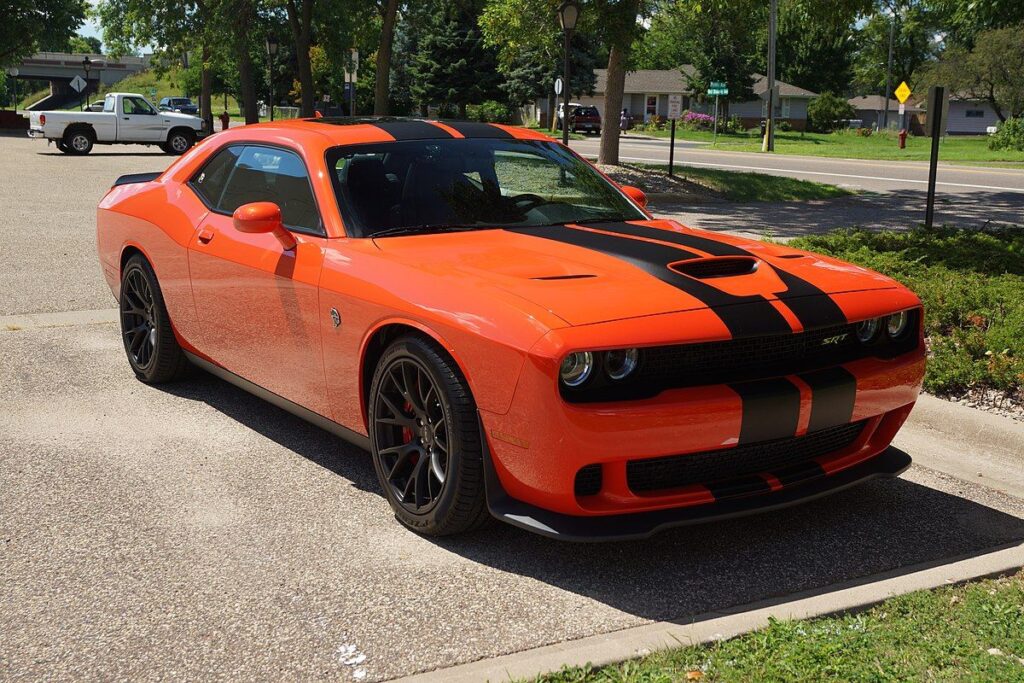
2. **Lack of Interest from Younger Drivers: Generational Data Showing Declining Enthusiasm**Perhaps the most direct indicator of muscle cars’ fading relevance is the documented lack of interest from younger generations themselves. Studies consistently reveal a stark contrast in automotive preferences between older and younger demographics. For example, a recent study by Autolist highlighted this generational divide, finding that “just 16% of millennials said they would consider buying a muscle car, compared to 35% of baby boomers.” This significant disparity paints a clear picture of a cultural disconnect.
This declining interest isn’t just a casual observation; it’s a trend with substantial implications for the future of the segment. As millennials, now aged 22 to 37, and Generation Z, born between 1997 and 2012, come of age and enter the car-buying market, their collective disinterest is poised to further erode demand for muscle cars. This demographic shift represents a foundational challenge that goes beyond mere market fluctuations, indicating a deeper, systemic change in automotive aspirations.
The reasons for this waning enthusiasm are multifaceted. While economic factors play a role, as will be discussed further, there’s also a clear shift in what defines “cool” or desirable in a vehicle. For many younger drivers, the traditional attributes of a muscle car – its loud engine, aggressive styling, and focus on raw power – simply don’t resonate as strongly as they did for their parents’ or grandparents’ generations. Their priorities are often elsewhere, focusing on connectivity, technology, and different forms of performance.
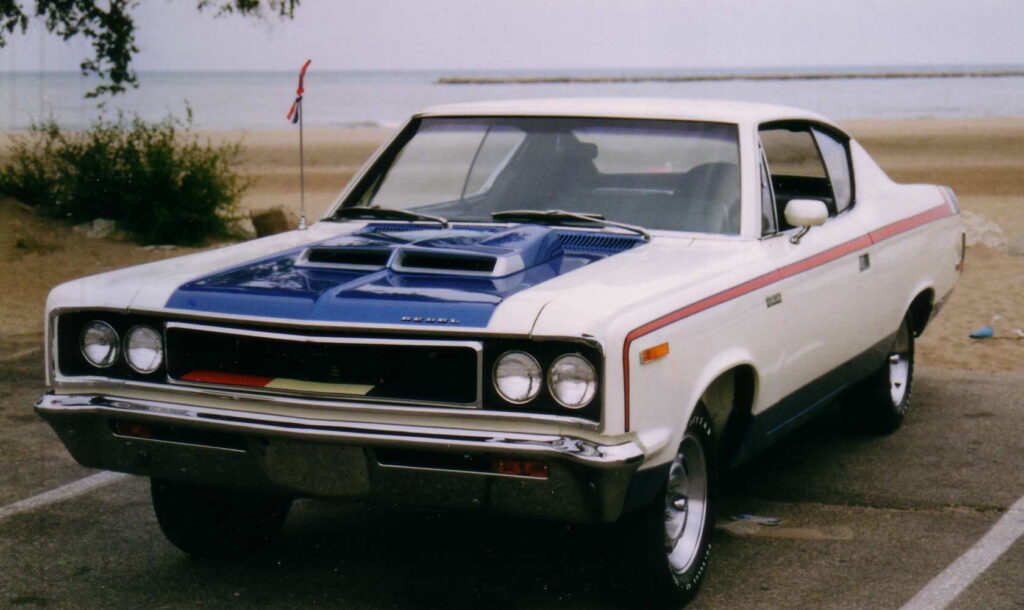
3. **Competition from High-Tech Sport Coupes: How Foreign Performance Vehicles Offer Compelling Modern Alternatives**
The landscape of high-performance vehicles has dramatically expanded beyond the traditional American muscle car stronghold. While domestic brands like Ford, Chevrolet, and Dodge historically dominated this segment, a new breed of competitors from foreign automakers has emerged, offering sophisticated, high-tech sport coupes that directly challenge the muscle car’s supremacy. These vehicles often combine exhilarating performance with advanced engineering and a more refined driving experience.
Examples such as the Nissan GT-R, Audi RS7, and Porsche 911 illustrate this intense competition. Despite their often higher price points, these cars are successfully “luring away future muscle car buyers” with their blend of cutting-edge technology, superior handling, and impressive speed. They represent a different philosophy of performance, one that emphasizes precision engineering and technological prowess alongside raw power, appealing to a generation that values innovation and global design.
Moreover, many of these foreign-produced high-performance vehicles also boast an advantage in fuel efficiency, a factor that increasingly sways modern consumers. While a muscle car might excel in straight-line acceleration, these competitors often provide a more balanced package, delivering formidable racetrack capabilities and a more economical everyday driving experience. This comprehensive appeal makes them formidable contenders for the attention and budgets of discerning young buyers looking for a performance car that fits a broader set of criteria.
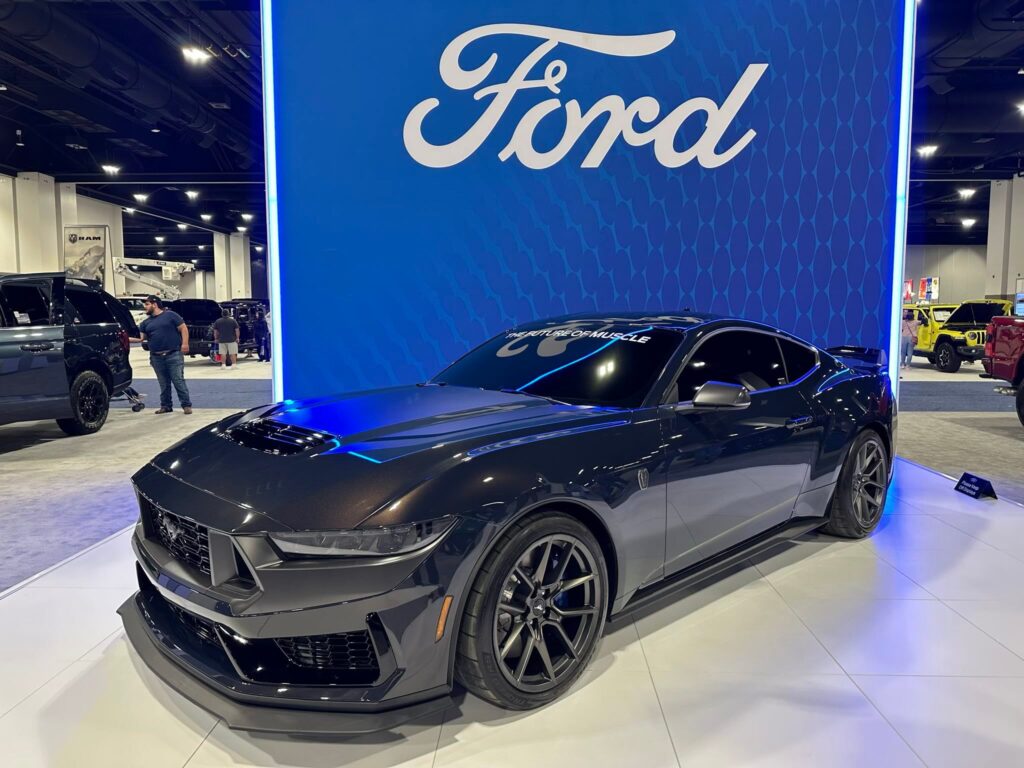
4. **Rising Costs: The Financial Burden of Production, Maintenance, and Insurance for Muscle Cars**The escalating costs associated with muscle cars present a significant barrier, especially for younger demographics with tighter budgets. As automakers strive to meet increasingly stringent fuel efficiency and emissions standards, they are compelled to invest heavily in expensive new technologies, including hybrid and electric drivetrains. This substantial investment inevitably drives up the manufacturing cost of muscle cars, which is then passed on to the consumer in the form of higher purchase prices.
Beyond the initial sticker price, the ongoing ownership costs for muscle cars can also be prohibitive. These vehicles often require specialized, high-performance parts and components that are inherently more expensive to replace or repair in the event of a breakdown. This factor alone can make potential buyers, particularly those new to the car market, think twice about the long-term financial commitment involved in owning such a vehicle. The maintenance burden adds another layer of complexity to the ownership proposition.
Furthermore, insurance premiums for high-performance muscle cars are notoriously high. Insurance companies assess greater risk due to their power and the statistics often associated with their usage, translating into higher rates. For younger drivers, who already face higher insurance costs due to their age, adding a muscle car to the equation can make monthly payments financially untenable. This trifecta of high purchase price, expensive maintenance, and steep insurance collectively acts as a strong deterrent for many potential young buyers.
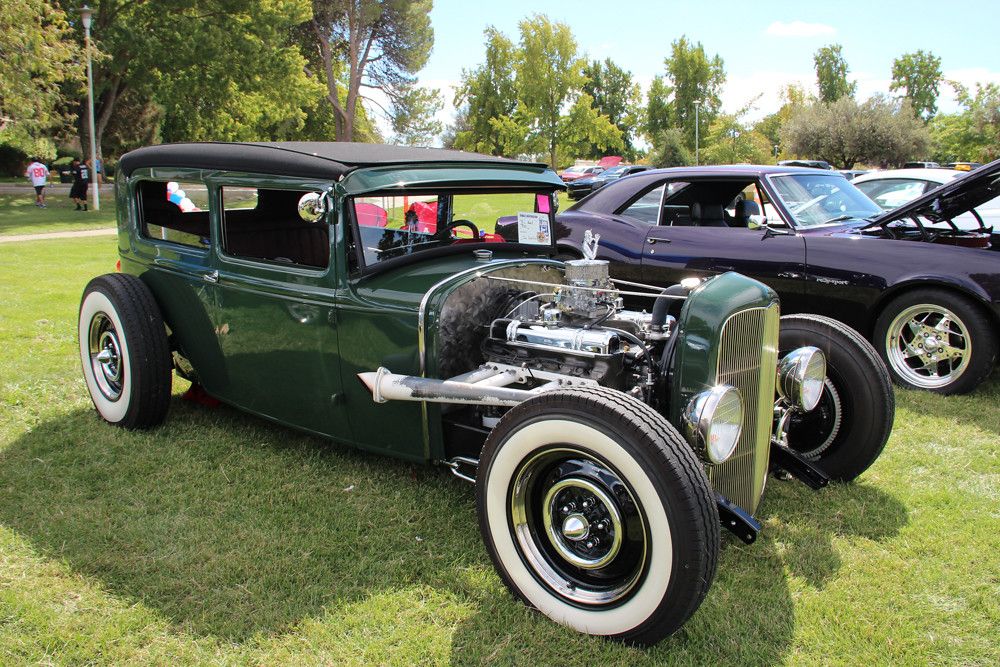
5. **Regulatory Pressures: The Impact of Stricter Emissions and Safety Standards on Muscle Car Design and Viability**
Government regulations, particularly concerning vehicle emissions and safety, have played a profound role in shaping the trajectory of American muscle cars and contributing to their decline. In an ongoing global effort to combat climate change and reduce air pollution, governments worldwide have steadily increased regulations on vehicle emissions. This legislative environment directly challenges the traditional design philosophy of muscle cars, which have historically relied on large, less-efficient engines.
To comply with these evolving regulations, automakers are forced to invest enormous sums in research and development to integrate new technologies that reduce emissions without sacrificing too much performance. This heavy investment contributes significantly to the rising cost of producing muscle cars, as discussed previously, making them less competitive price-wise. The engineering compromises required to meet these standards can also alter the very character and driving experience that defined muscle cars in their heyday.
Beyond emissions, stricter safety regulations have also impacted muscle car design. While not as directly tied to their engine output, requirements for advanced safety features, crumple zones, and occupant protection systems add weight and complexity. This can detract from the lightweight, aggressive performance focus that characterized classic muscle cars. Moreover, some governments actively implement incentives for consumers to purchase hybrid and electric cars, further “eroding the demand for muscle cars” by making eco-friendly alternatives more attractive financially.
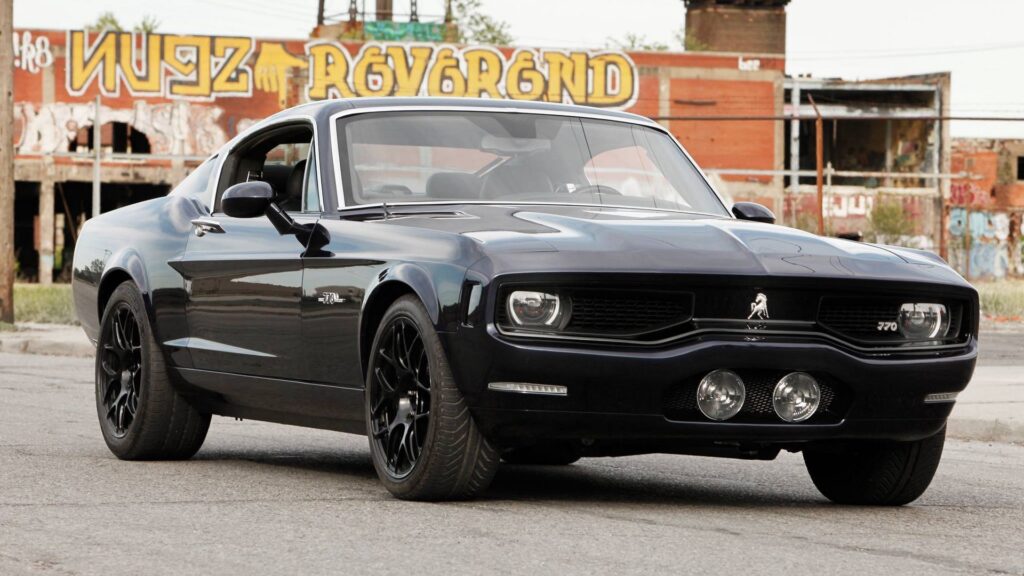
6. **The Rise of Electric and Autonomous Vehicles: Emerging Technologies Reshaping the Automotive Landscape**
Perhaps the most significant existential threat to the traditional American muscle car comes from the rapid advancements in electric and autonomous vehicle technologies. These innovations are not merely incremental improvements; they represent a fundamental paradigm shift in how vehicles are powered, driven, and perceived. Experts widely believe that these technologies are on a path to eventually replace traditional gasoline-powered cars altogether, signaling a bleak long-term outlook for the muscle car as we know it.
Electric vehicles (EVs) offer a compelling array of advantages over their gasoline-powered counterparts. They boast improved fuel economy, significantly lower emissions, and often come with reduced operating costs due to cheaper “fuel” and fewer moving parts for maintenance. Crucially for performance enthusiasts, electric motors can deliver “instantaneous torque,” a characteristic that makes them exceptionally well-suited for high-performance applications, potentially even outperforming many traditional muscle cars in acceleration. This new form of power promises exhilarating speed without the V8 rumble.
Meanwhile, the emergence of autonomous vehicles stands to fundamentally “revolutionize the way we think about cars altogether.” Once fully autonomous vehicles become widely available and trusted, the very act of driving could become optional. If drivers no longer need to worry about the mechanics of operation, the appeal of high-performance, driver-centric vehicles like muscle cars could “significantly reduce.” The joy of driving, central to the muscle car experience, might become a niche hobby rather than a mainstream desire, further diminishing their market relevance to a generation that might prefer to be passengers.
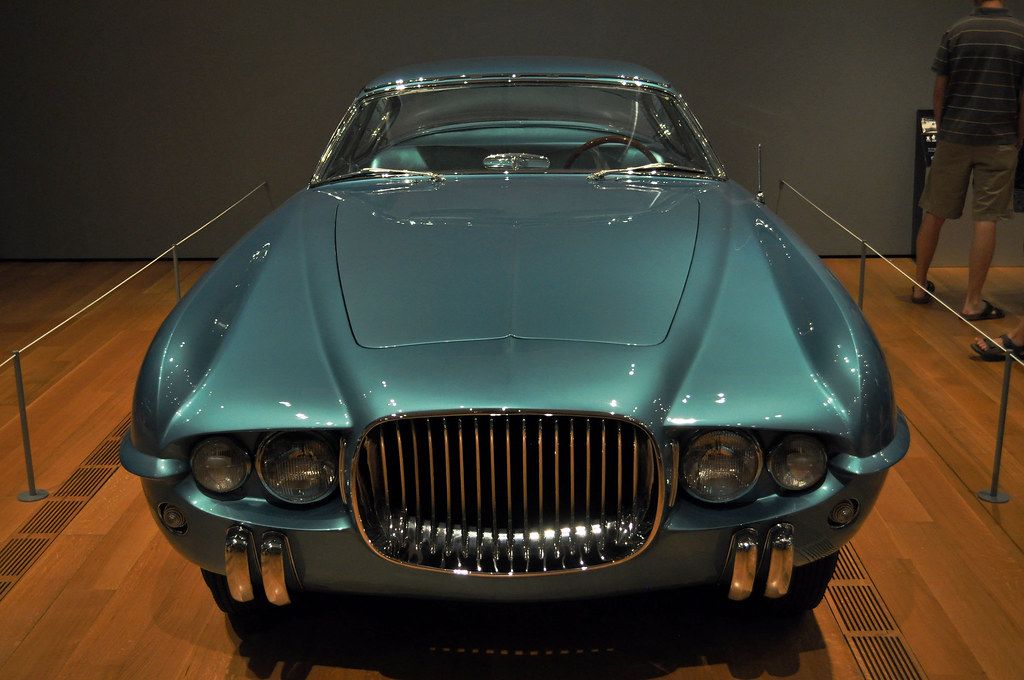
7. **Affordability and Income Inequality: The Economic Roadblock for Young Buyers**Beyond shifting tastes, a deeper, more systemic issue underpins the declining appeal of muscle cars among younger demographics: economic realities, particularly those related to affordability and income inequality. For many young people entering the car market today, the dream of owning a powerful, flashy sports car is often overshadowed by practical financial constraints. This isn’t just about preference; it’s about what their budgets can realistically accommodate in an increasingly expensive world.
Road & Track critics highlighted this stark disparity by comparing historical car-buying numbers with current trends. In 1990, a young man earning an average annual income of $21,393 could purchase a new Mazda Miata for a base MSRP of $14,000. Fast forward to 2019, and while a young man’s average earnings increased to around $42,212, the Miata’s base model retailed for $26,500. This widening gap demonstrates that despite higher nominal incomes, purchasing power for discretionary items like sports cars has significantly eroded relative to earnings.
Compounding this challenge is the skyrocketing cost of living. The housing market, for instance, has seen average prices reach 7.6 times a younger man’s wages in 2019. This inflation means that a disproportionately large share of young individuals’ incomes is consumed by necessities, leaving little room for luxury purchases. The burdens of increased housing costs, along with rising insurance premiums and other essential expenses, collectively siphon away the marginal incomes young generations are earning, making vehicles like muscle cars an unreachable luxury.
Affordability issues are further exacerbated by persistent income inequality. Data reveals that young women, for example, were earning an average of $12,589 per year in 1990, increasing to $35,491 in 2019, yet consistently earn less than their male counterparts across various income brackets. This systemic inequality means that for a significant portion of the young car-buying public, the financial hurdles are even higher. Online discussions among young buyers frequently echo this sentiment, pointing out that incomes simply cannot sustain the MSRPs of modern sports cars, let alone the associated running costs.
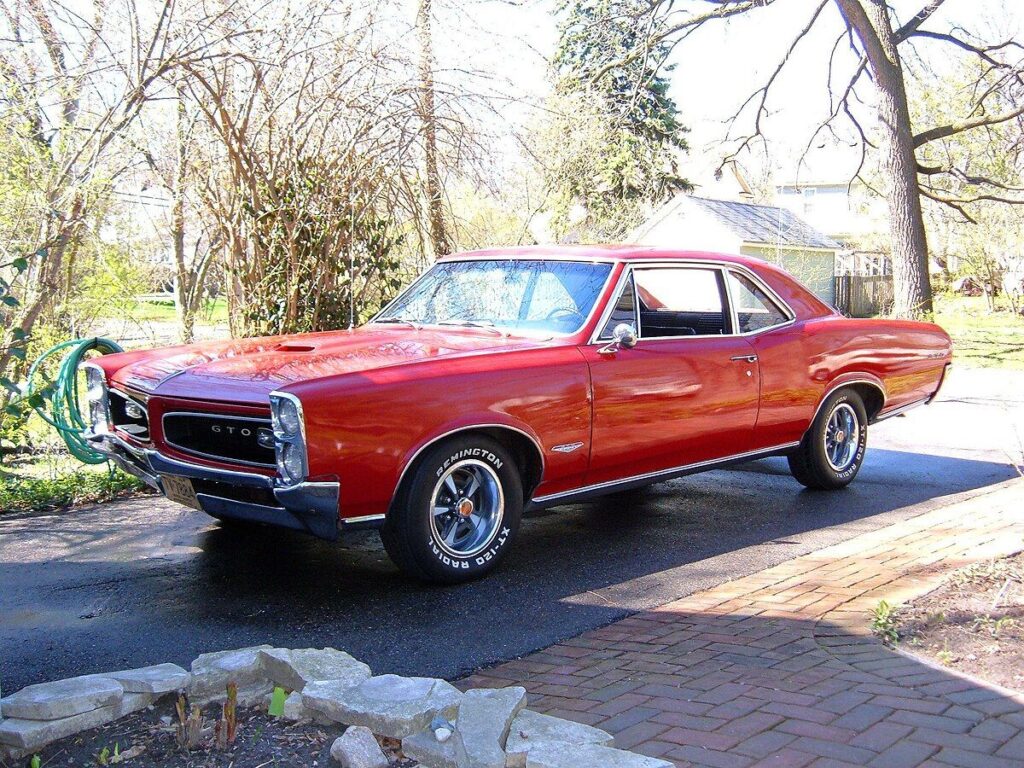
8. **A Millennial Shift in Priorities: Debt, Practicality, and Delayed Milestones**Millennials, now aged between 22 and 37, represent a crucial demographic for the automotive market, yet their priorities have demonstrably shifted away from the traditional aspirations that once fueled muscle car sales. Unlike previous generations, many millennials are not immediately purchasing expensive homes or sports cars upon entering adulthood. Instead, their financial landscapes are often defined by a different set of challenges and, consequently, different purchasing decisions.
According to Forbes, a significant portion of millennials are renting at exorbitant rates, facing a housing market that seems perpetually out of reach. Furthermore, many carry the substantial weight of unprecedented college loan debt, a financial burden that profoundly impacts their discretionary spending. These realities mean that their modest paychecks are frequently dedicated to loan repayments and sustaining a basic, penny-pinching living as they navigate the early stages of their careers.
This economic pressure inevitably leads to more practical choices when it comes to vehicle ownership. Rather than splurging on new, high-performance cars, many millennials are still driving hand-me-down vehicles or opting for more affordable, used, and practical models. The focus shifts from emotional appeal and raw power to reliability, fuel efficiency, and lower overall ownership costs, which are attributes not traditionally associated with muscle cars.
Road & Track further underscores this predicament by noting that wage growth has practically stalled over the past 40 years. This stagnation means that while the cost of living—including housing, education, and healthcare—continues to climb, incomes have not kept pace. This widening gap between earnings and expenses is a fundamental driver behind millennials’ delayed milestones and their pragmatic approach to major purchases, including vehicles, ultimately pushing muscle cars further down their list of priorities.
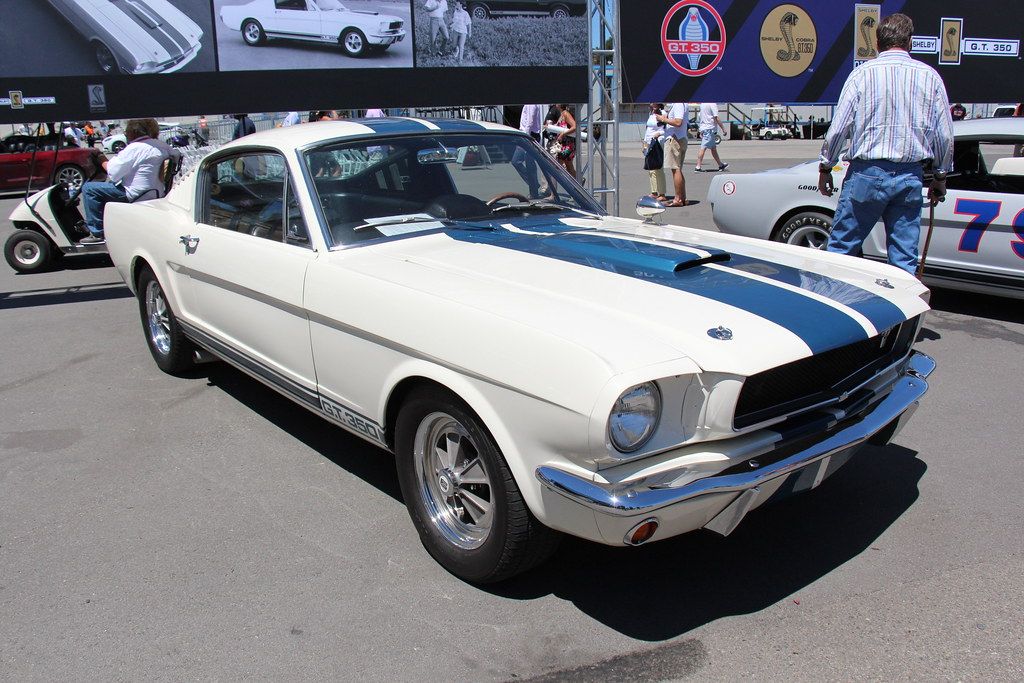
9. **Gen Z’s “Clunker” Conundrum: Redefining Automotive Desire**Generation Z, born between 1997 and 2012, is the newest cohort to enter the car-buying age, and their perception of classic muscle cars often clashes dramatically with the nostalgic views of older generations. The internet recently became a battleground for an intergenerational debate ignited by a comment suggesting that Gen Z’ers “had no interest in a ’60s clunker.” This highlights a significant disconnect in how these powerful machines are viewed across age groups.
While some younger individuals do appreciate the historical significance or aesthetic of classic cars, many in Gen Z, and even millennials, approach vehicle ownership with a more pragmatic and modern outlook. Online responses to the “clunker” comment revealed sentiments such as, “Millennials don’t have the money or financial security. We’d love to have cool s**t but we have to buy a beater and do the restorations ourselves vs buying fully restored with the price tag that comes with it.” Others questioned the practicality, stating, “Let’s see. 60s classic car. S****y gas mileage, s****y handling. I would rather spend the same money on a kit car built on top of something modern.” These comments reveal a preference for contemporary performance, efficiency, and technology over raw, untamed power.
It’s evident that for many younger buyers, the issue isn’t a complete lack of appreciation for performance or unique vehicles, but rather a combination of financial limitations and a redefinition of what constitutes a desirable car. The high initial purchase price, the cost of restoration, the fuel economy, and the handling characteristics of older muscle cars simply do not align with their economic realities or their expectations for a modern driving experience. The allure of a “60s clunker” is often outweighed by practical considerations and the appeal of technologically advanced alternatives.
This generational perspective fundamentally redefines what is considered “cool” or aspirational in the automotive world. For many Gen Z drivers, connectivity, advanced safety features, sophisticated handling, and environmental consciousness might hold more weight than the loud V8 rumble and aggressive styling that captivated previous generations. The traditional attributes of muscle cars simply don’t resonate as strongly, leading to a significant shift in automotive desires.
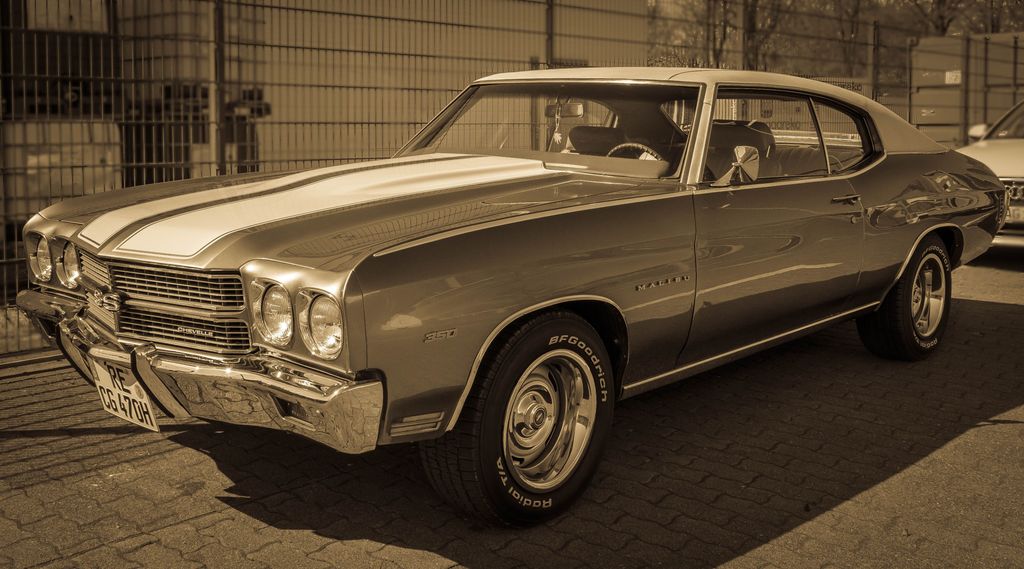
10. **The Urban Shift: Why City Living Reduces Car Ownership Desire**A pivotal, yet often overlooked, factor contributing to the declining interest in muscle cars, and indeed car ownership in general, among younger generations is the increasing trend towards urban living. A significant portion of young adults today are choosing to reside in cities, a lifestyle preference that inherently alters their transportation needs and priorities. This demographic shift has profound implications for the automotive market, particularly for vehicles like muscle cars that traditionally thrive in a culture of open roads and personal freedom.
In densely populated urban environments, the necessity of owning a personal vehicle is dramatically reduced. Cities are typically characterized by extensive public transport networks, including buses, subways, and ride-sharing services, making it easy and often more efficient to commute without a car. Parking can be expensive and scarce, traffic congestion is a constant headache, and the sheer cost of owning a vehicle—insurance, fuel, maintenance—can be prohibitive when alternative transportation is readily available and often superior.
Evidence of this trend is compelling: a survey of Americans between the ages of 18 and 34 revealed that a striking 44 percent would be perfectly content not owning a car. This statistic underscores a fundamental re-evaluation of the role of personal vehicles in daily life for younger city dwellers. For them, a car, particularly a large, fuel-hungry muscle car, can be more of a liability and an expense than a symbol of freedom or utility.
This contrasts sharply with the preferences of older generations, who are often more inclined to live in suburban or rural locations where a personal car is not merely a convenience but a necessity for daily life. The traditional appeal of a muscle car – its power, speed, and distinctive sound – is arguably diminished in an urban landscape dominated by stop-and-go traffic and limited opportunities for spirited driving. The “joy of driving,” central to the muscle car experience, might become a niche hobby rather than a mainstream desire in an increasingly urbanized society.
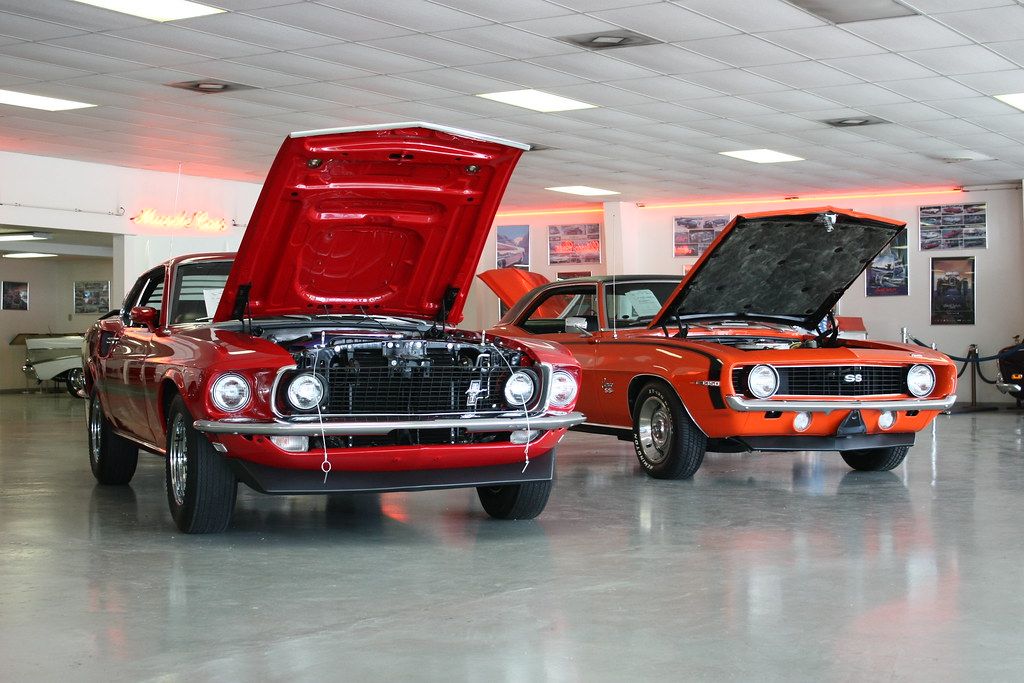
11. **The Aging Boomer Base: A Demographic Challenge for Muscle Cars**The traditional American muscle car has long been intrinsically linked to the Baby Boomer generation, those born between 1946 and 1964. This demographic, totaling roughly 74 million people, has been the primary driving force behind muscle car sales and enthusiasm for decades. However, as this foundational customer base ages, the segment faces a significant demographic challenge that poses a long-term threat to its viability. The very enthusiasts who sustained this culture are now moving into a different phase of life.
The youngest of the Baby Boomers are currently in their mid-50s, meaning that a substantial portion of this generation is past their peak earning years or approaching retirement. Consequently, many no longer possess the disposable income or the inclination to purchase a new, high-performance third car for cruising. As this generation gradually enters retirement, their overall new vehicle purchases are expected to decline, and with them, the demand for muscle cars will inevitably wane. This natural progression of age poses a direct threat to the core market.
This demographic reality is echoed in community car clubs. Bryan Hamilton, chairman for Shoals Mustangs, a pony car club, observes that while membership remains stable, most members are Baby Boomers. He notes that as these members age, interest in the cars could naturally diminish. While some members have meticulously restored classic Mustangs from the 1960s, and others own newer versions, the underlying trend of an aging membership raises questions about future engagement and continuity of the muscle car culture. Hamilton’s club actively tries to reach out to high school auto technician programs, showing off cars and giving students tools, hoping to keep interest alive, but it’s an uphill battle.
While automakers like Dodge and Ford have tried to keep their muscle car lines fresh with new variations and high-horsepower editions, and even managed to attract some younger buyers in the 30-35 range, these efforts are often aimed at delaying the inevitable. The fact remains that the core demographic is shrinking and aging out of the market. Without a substantial and sustained influx of younger buyers to replace them, the muscle car segment faces an undeniable decline rooted in fundamental demographic shifts rather than mere market fluctuations.
Read more about: Unearthing Automotive Gold: A Forbes Guide to Classic Cars Becoming Savvy Investments

12. **The Broader Malaise: A Decline in Overall Sports Car Sales**The challenges facing American muscle cars are not isolated incidents but rather symptomatic of a broader, more pervasive trend: the general decline in sales of sports cars across the board. This includes not just the quintessential American performance vehicles but also other fun, flashy coupes and convertibles from both domestic and foreign brands. Experts and industry critics have noticed a disheartening shift, suggesting that the change in buying habits points to a sad and glaring reason that could ultimately lead to the “death of the sports car” as we know it.
While the shift from cars to SUVs over the last decade has certainly played a role, the underlying economic factors previously discussed are particularly impactful on the sports car segment. The combination of an inflated housing market, the burden of substantial college loan debts, and wage growth that has practically stalled over the past four decades creates an environment where discretionary spending on luxury items like sports cars becomes increasingly difficult for young buyers. Expenses are growing while incomes are shrinking, siphoning increasing numbers of potential buyers out of the market entirely.
Road & Track points out that while sports car enthusiasts will always find a way to indulge their passion, the pervasive issues of income inequality and affordability are eroding the general sports car-buying public. This isn’t just a niche issue for a specific type of car; it reflects a fundamental reordering of financial priorities for younger generations who are grappling with unprecedented economic pressures. The allure of a high-performance vehicle, regardless of its origin, simply cannot compete with the immediate demands of basic living costs and debt repayment.
As these intertwined trends—economic pressure, demographic shifts, and evolving consumer preferences—continue to unfold, the automotive industry faces a future where the landscape of personal vehicles looks dramatically different. The romantic ideal of a powerful, driver-centric machine, once a staple of youthful aspiration, is being challenged on multiple fronts. It would indeed be a sad world if the iconic sports car, a symbol of automotive passion and freedom, were to become a relic of the past, relegated to history books and enthusiasts’ garages, rather than a vibrant part of our everyday road culture.
Read more about: Everyone Wants These 14 Classic Cars In Their Garage: A Deep Dive for Enthusiasts
The future of American muscle cars, and indeed the broader sports car segment, is at a critical juncture. The forces at play are complex and deeply rooted in societal changes, technological advancements, and economic realities. While a complete disappearance may not be immediate, the trajectory is clear: without significant adaptation and a compelling new appeal to younger generations, these once-unquestioned titans of the road face an increasingly uncertain future, signaling a fundamental shift in what captures the hearts and minds of the next generation of drivers.

